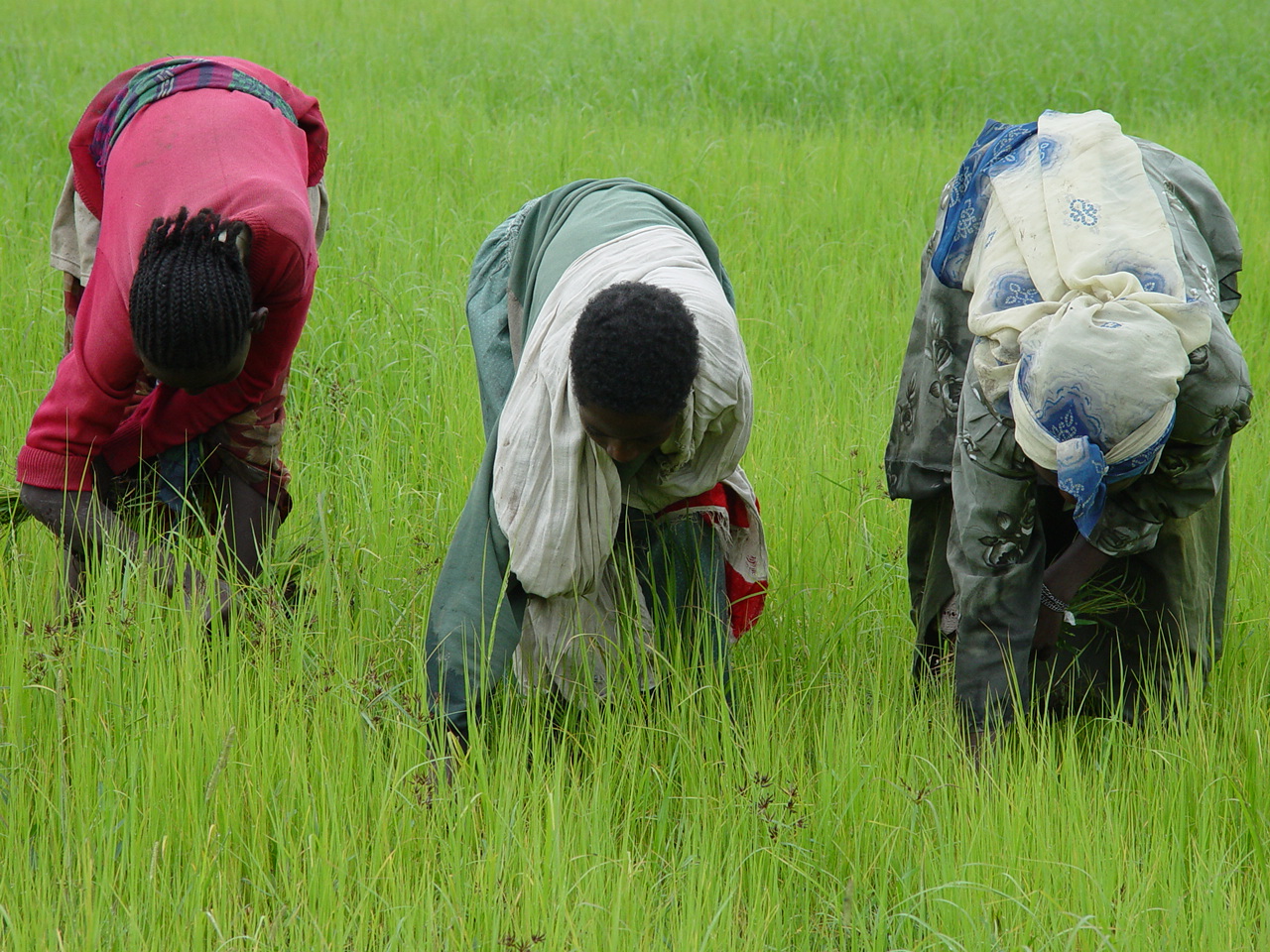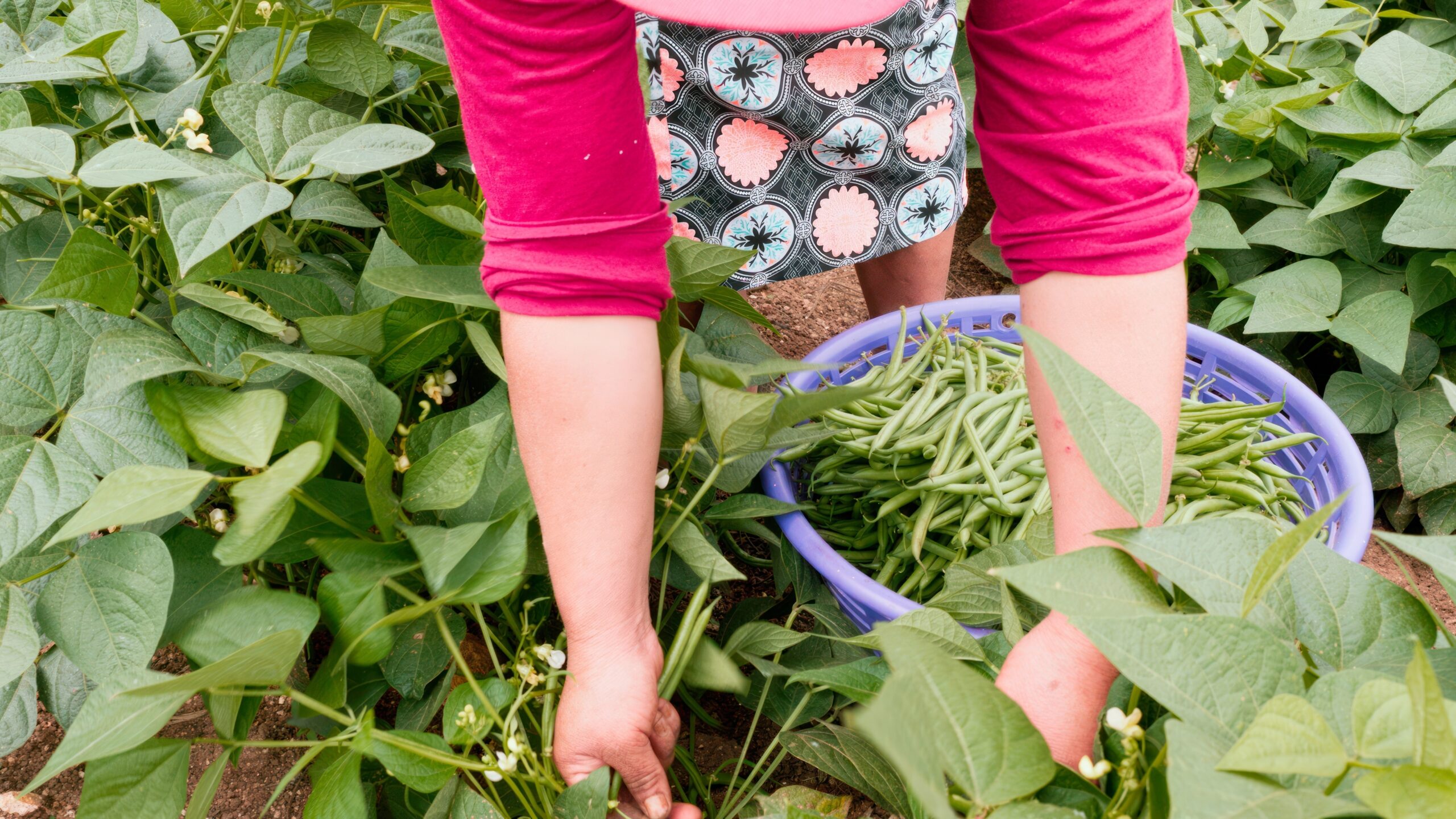This story was originally published on the Research for Ethiopia’s Agriculture Policy (REAP) website.
Tef, the world’s smallest grain, plays no small role in Ethiopia’s agricultural sector— 65 percent of Ethiopia’s 85 million people get their “daily bread and livelihood” from it. In Ethiopia, farmers dedicate more land to this crop than other grains, such as maize and wheat, yet, tef yields lag behind.
One researcher, who has dedicated his life’s work to improving the crop, discovered a method to help tef thrive. “I have two nicknames in Ethiopia, but Mr. Tef is my favorite,” said Tareke Berhe, a breeder who developed a High Yielding Variety (HYV) of Tef and now serves as the Director of Tef & Rice Value Chains at the Ethiopian Agricultural Transformation Agency (ATA). During his presentation at IFPRI titled “Promotion of Improved Tef Technologies in Ethiopia,” he introduced several important breakthroughs in his tef research.
Original to Ethiopia, tef is a super food: gluten-free, high in fiber, packed with essential nutrients, such as iron, calcium, protein, and vitamin C. But, while tef is the second most consumed crop in Ethiopia, it is also the most expensive cereal on the market.
“Supply and demand is skewed,” says Berhe. Low yields over the last decade have had an impact on prices as a growing population—estimated to top 90 million by 2020—demands higher amounts of tef. According to Berhe, to match current and projected demand, new farming methods that increase efficiency and productivity must replace outdated practices.
Though more and more farmers are incorporating modern farming techniques throughout Ethiopia, Berhe was surprised that so few used improved methods when planting tef. He found that farmers still used the traditional planting method—broadcasting, or scattering seeds by hand.
A good observation led to a big revelation— tef needs room to grow. The idea is simple says Berhe. When looking for solutions to improve the crop he noticed something—and really, many farmers noticed it too. The perimeter crops were stronger, more fruitful than other plants in the plot. He decided to further test this observation, taking one plant and growing it in a greenhouse. The plant flourished, not competing for sunlight, water, or nutrients.
But growing tef in a greenhouse under very controlled conditions is one thing; Berhe had to test these findings in the field.
A group of farmers took part in the experiment, planting the crop, with ample space between each seed—a process known as row planting. The results: stronger stalks and bigger leaves, a tef plant brimming with large seed heads. Top yields were double, triple, and even quadruple the national average, with varying degrees of success. Berhe attributes this variation to the farmers’ land management practices. In 2012, average yields from 167,000 participating farmers were 70 percent higher than the national average.
“The crop has potential, it’s all in the crop management,” says Berhe. But changing planting practices is difficult. Growing tef is a labor-intensive process, requiring highly tilled soil for the seed to properly germinate; weeding, harvesting and threshing all involve much time and effort. Another advantage of row planting may win over farmers: they can use a fraction of the seeds compared to broadcasting and still see higher crop yields, leaving the remaining seeds to be eaten or sold.
Another option to increase tef yields is for farmers to plant tef earlier in the season to allow doubling cropping. “If there’s enough moisture in the soil for maize and wheat [planted a month earlier] there should be plenty of moisture for tef,” says Berhe. Tef can grow in very dry climates, requiring about 90 days of sunshine. Berhe believes shifting the planting date can become widespread, but farmers must be educated on the practice.
The ATA and the Ministry of Agriculture (MoA) are dedicated to working with farmers to increase tef yields; “We have to plan how to improve crop management,” Berhe says. Other improvements the ATA and MoA are working on include promoting planters and tillers, packages of fertilizer and improved seeds, and exploring methods to decrease post-harvest losses. IFPRI is working with the ATA to gather farm-level data on the outcomes of row planting versus traditional methods by conducting a pilot project in Ethiopia. IFPRI’s findings will give the ATA the knowledge it needs to continue improving productivity for this staple crop.
For more information, please contact Tareke Berhe at Tareke.Berhe@ata.gov.et
IFPRI’s results are due to come out this fall. Check back for the full report.







